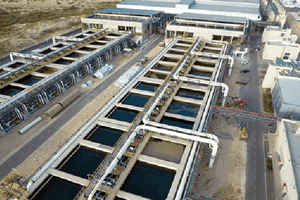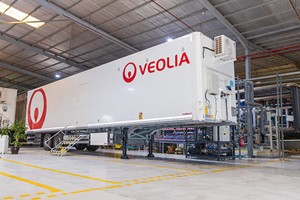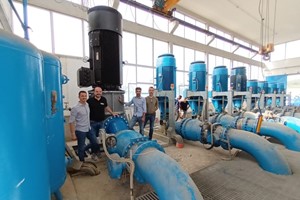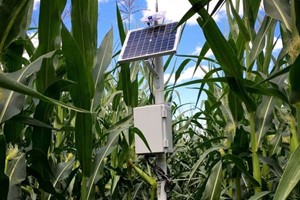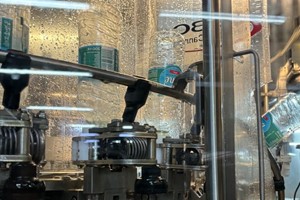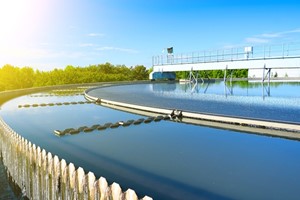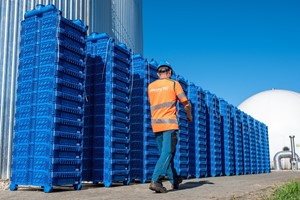- TOWARDS CARBON NEUTRALITY: NOVEL MEMBRANE FOR CARBON CAPTURE AND STORAGE
Achieving net zero requires great efforts to improve carbon capture and storage, membranes can help with this. In a new study published in Membranes, a research team from Japan has developed a novel method of synthesizing a pure Si-CHA membrane on a silica substrate for the first time, demonstrating superior CO2 separation performance. This new method paves the way for the widespread use of improved membrane to remove CO2 from industrial emissions.
- ARTIFICIAL INTELLIGENCE FOR BETTER SEWER PERFORMANCE
The University of Sheffield and Yorkshire Water in partnership with Siemens have successfully completed a pilot addressing the issues of network blockages, and are now expanding it to a network of over 2000 combined sewer overflows (CSOs). The new solution integrates sensing, communication, analytics and reporting technology by using sensors to feed water level data into a blockage predictor, analyzing the performance of the sewer network in real time and predicting network problems thanks to AI technology.
- USA’S LARGEST ION EXCHANGE PFAS TREATMENT FACILITY
Due to their adverse impact on humans, PFAS (also known as ‘forever chemicals’) are constantly being detected and removed in water sources in the United States. In December 2021, The Orange County Water District (OCWD) and the Yorba Linda Water District (YLWD) began operating the nation’s largest ion exchange (IX) treatment system, made of highly porous resin acting like powerful magnets, to remove PFAS from local well water.
- USING MOBILE BASE STATIONS AS RAINFALL SENSORS
The Hydroinformatics Institute (H2i) is teaming up with StarHub to develop an accurate yet cost-effective rainfall prediction and flood management system in a PUB-endorsed pilot. By using mobile base stations as rainfall sensors and correlating variations in mobile signal strength with rain data, the H2i-StarHub team will be piloting the solution for the first time in Singapore, allowing for a better management of intense rain across the island.
- REALISING WASTEWATER TREATMENT SYSTEMS USING MICROBIAL FUEL CELLS
Kurita is working to improve the performance of microbial power generation cells. In collaboration with Nisshinbo Holdings, Kurita has successfully developed an upsized cell and achieved the world’s highest level of CODCr removal rate of 20kg/m3/d and output of 200W/m3. Moving forward, Kurita will begin evaluating potential applications for the cells in actual wastewater and improve the cell’s performance further for more practical use
https://iwa-network.org/




